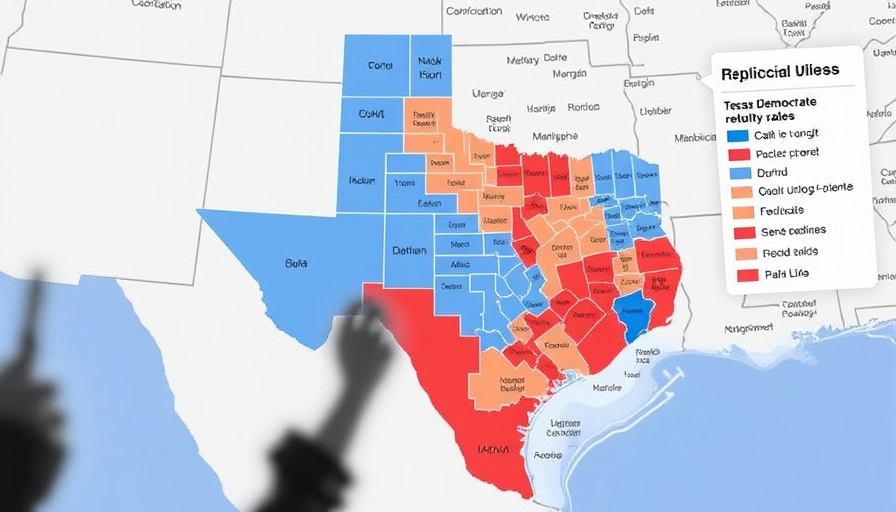
The Background of Redistricting in Texas
As the 2026 midterm elections approach, Texas finds itself at the center of an intense political battle over congressional redistricting. The process of redrawing legislative maps is typically a once-a-decade event that can profoundly impact the balance of power in Congress. Texas Republicans are currently moving forward with plans to redraw these districts, potentially designating five new Republican-friendly seats in an effort to maintain their slim majority in the U.S. House of Representatives. At the forefront of this strategy is the influence of former President Donald Trump, who has urged GOP lawmakers to take decisive action.
The Consequences of Nonpartisan Commissions
Democrats have historically embraced a nonpartisan approach to redistricting, hoping to create fairer, more competitive districts. This model is implemented in several states, including those governed by Democrats, where independent commissions handle redistricting instead of state legislators. While this move aims to diminish partisan gerrymandering, it limits the Democratic Party's ability to respond effectively to Republican strategies, particularly in Texas where they hold power. As Wisconsin Governor Tony Evers articulated, when confronted with aggressive tactics, the Democratic Party feels pressure to reconsider its stance on nonpartisan redistricting, especially given the high stakes of the upcoming elections.
Predicted Outcomes of the Redistricting Battle
Experts warn that if Texas Republicans succeed in implementing their redistricting plan, this could lead to a significant shift in the political landscape in favor of the GOP. With the ability to create up to five new winnable seats, Republicans could effectively lock in a majority that would have far-reaching consequences not just in Texas but across the national landscape. The implications of these changes could extend into the next decade, affecting congressional representation and policy priorities nationwide.
Counterarguments: The Challenges Democrats Face
Despite the potential for retaliation, Democrats are hamstrung by their commitment to fair representation and the nonpartisan model. Critics within the Democratic circle argue that without a tactical approach to combat Republican map-drawing, the party risks losing more ground. Tensions are high as Democratic governors gather to discuss strategies, with calls for action reflecting a growing frustration with their current predicament. However, the challenge remains: How can they effectively respond without compromising their principles?
Conclusion: The Stakes of Redistricting for Texans
As the stakes rise, Texas voters are left to ponder the impacts of these political maneuvers on their representation. The decisions made in upcoming months have the potential to resonate far beyond 2026, shaping the landscape of American politics for many years to come. Voter education and engagement will be crucial in navigating this complicated arena. Texans must remain vigilant and informed about how these changes might affect their communities and their rights at the ballot box.
 Add Row
Add Row  Add
Add 




Write A Comment